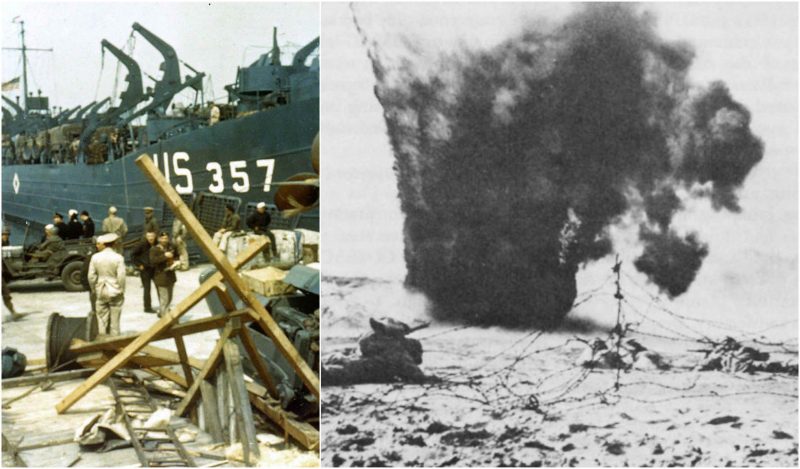Exercise Tiger or Operation Tiger was supposed to be a just one more big rehearsal for the D-Day invasion of Normandy in April 1944. However, something went very wrong with the coordination and communication on the evening of 27th April, resulting in tragedy.
A friendly fire caused deaths of at least 749 American servicemen. The American forces “U”, tasked with landing on Utah Beach in Normandy, France had their training at Slapton Sands, Devon, which was set by the British government.
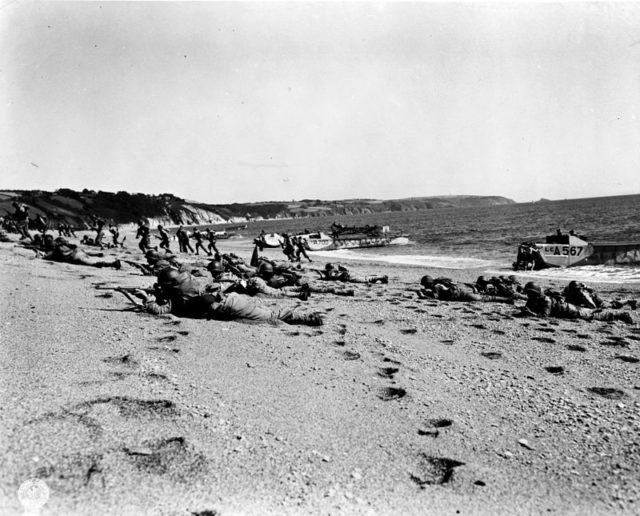
For the purpose of the soldiers’ training, starting from 1943, about 3,000 residents were evacuated in the neighboring areas. The area of Slapton Sands was chosen for the exercises because of its resemblance to the French coast in Normandy.
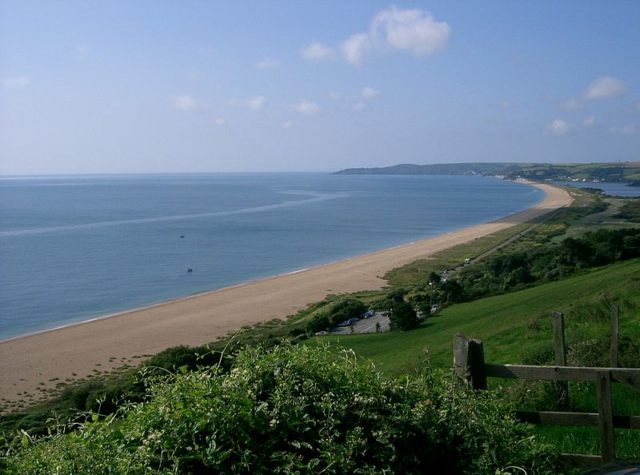
The Exercise Tiger was one of the biggest exercises that year and was supposed to last from 22nd April until 30th April 1944, covering all aspects of the invasion, culminating in a beach landing at Slapton Sands. There were nine large tank landing ships (LSTs) on board and troops of 30,000 prepared for the landing which also included a live-firing exercise.
The exercise area was protected by the Royal Navy. The entrance to Lyme Bay was patrolled by two destroyers, three Motor Torpedo Boats and two Motor Gun Boats. The Motor Torpedo Boats also observed the Cherbourg area where German E-boats were based.
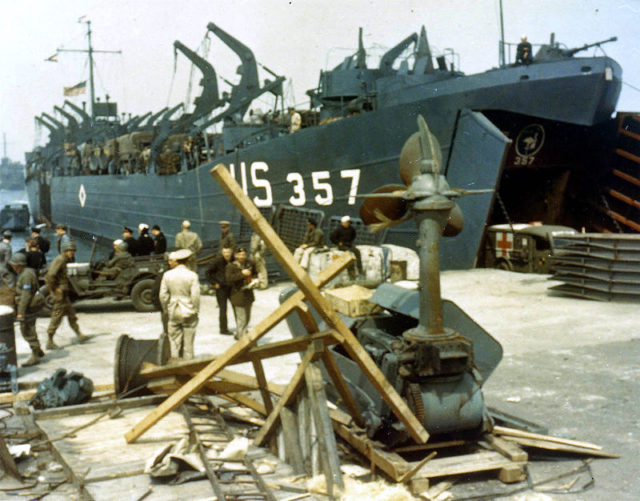
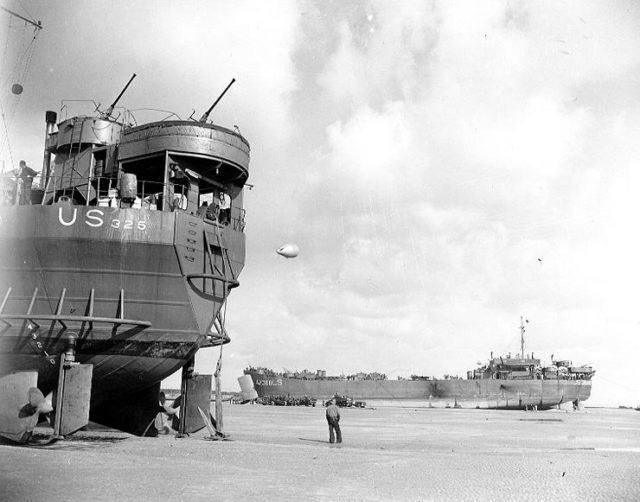
In the first five days, the exercise was focused on marshaling and embarkation drills, while the first assault troops set off at evening on 26th April. The original plan was to stimulate the crossing of the Channel by taking a roundabout route through Lyme Bay, to arrive at Slapton on 27th April.
To acclimatize the troops to the sights, sounds and even smells of a naval bombardment and live ammunition were included in the exercise on 27th April, and the H-hour was set for 7:30 am. Live rounds were supposed to be fired over the heads of the incoming troops. This was an order coming from the Supreme Allied Commander – General Dwight D. Eisenhower who believed that the troops would be best prepared if they had been exposed to the real conditions of a battlefield.
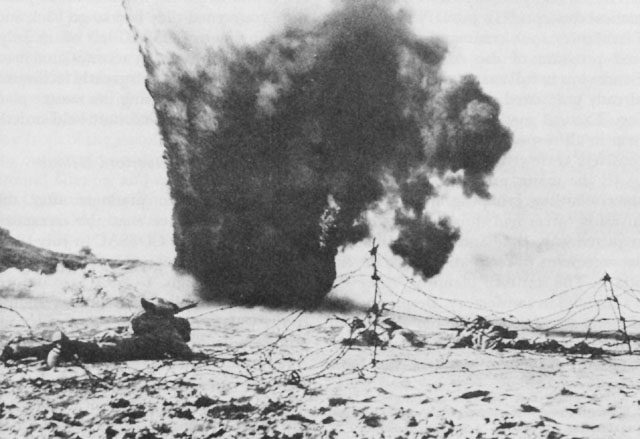
In the morning on 27th April, a few of the landing ships were delayed, and the H-hour got delayed for 60 minutes, a decision brought by the officer in charge, American Admiral Don P. Moon. But some of the landing craft didn’t receive the update about the change. They landed on the beach at the originally scheduled time and the second wave came under fire which caused the deaths of as many as 450 men.
The next morning, on 28th April, the exercise got interrupted by nine German E-boats that somehow managed to slip amongst them in Lyme Bay. The landing ships were attacked and two of them sunk while the third was severely damaged. Due to a lack of training on the use of life vests many men drowned or died of hypothermia before they could be rescued.

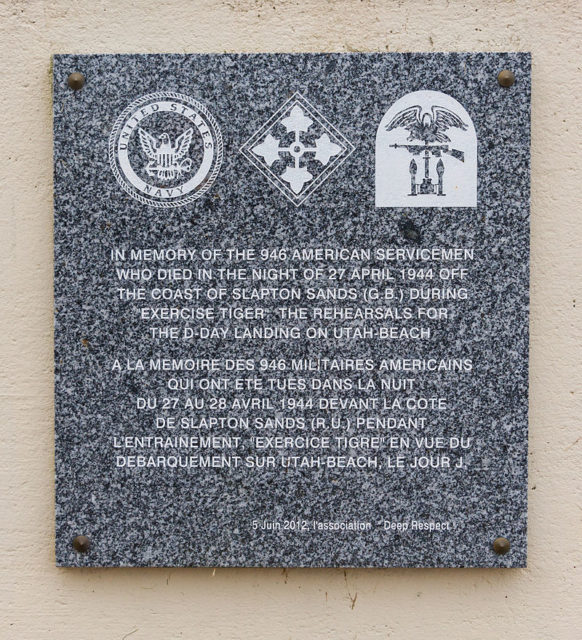
The truth about the disastrous exercise wasn’t revealed long after the end of the war because of fears of its impacts on morality.
Read another story from us: Parts of WW2 planes were recycled into, boats, drop tank buggies, stoves
During the Exercise, Tiger 749 servicemen (551 United States Army and 198 United States Navy) were killed, while only 197 died during the actual landing on Utah Beach. It is believed that even though many lost their lives in the exercise, it also prevented the possible bigger loss at the actual landing.
